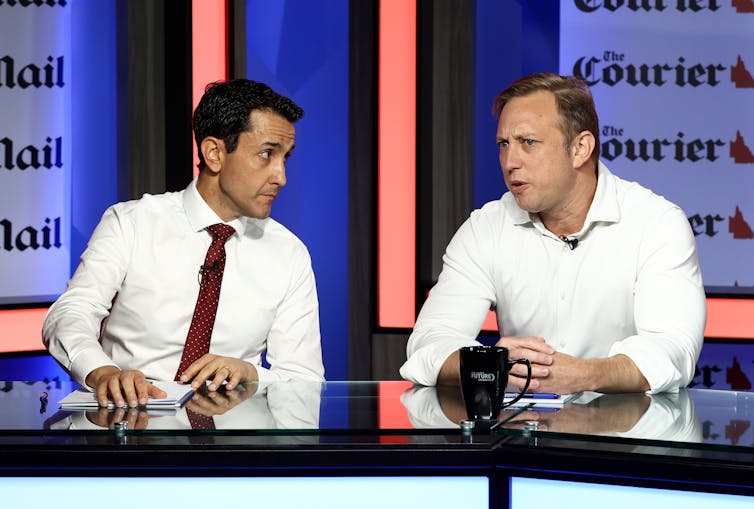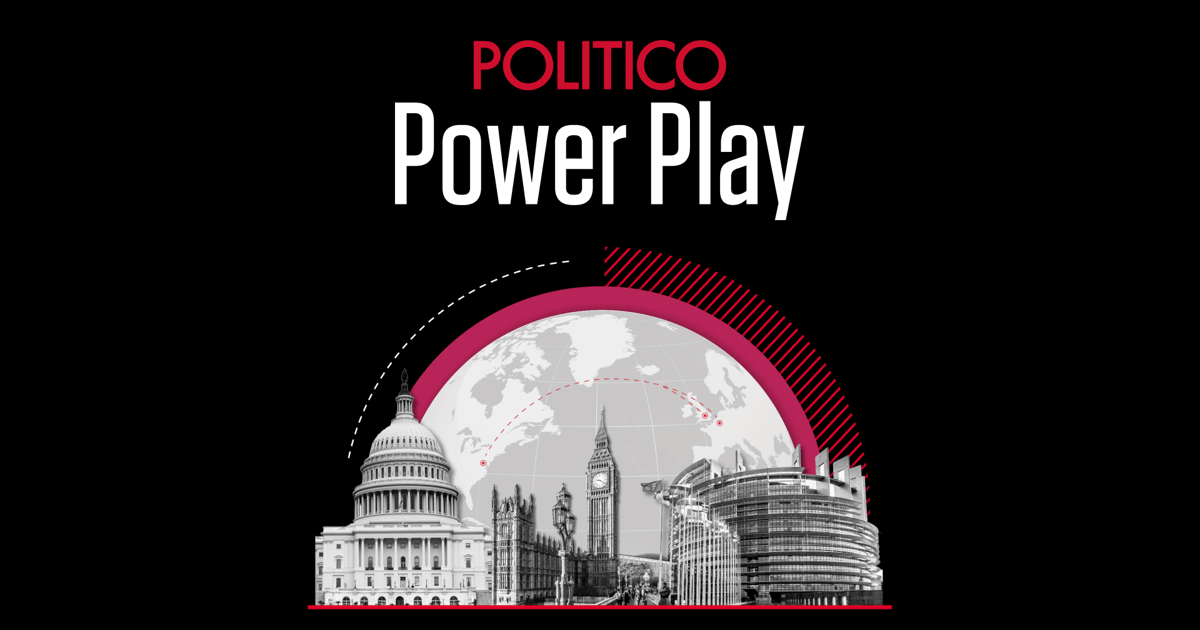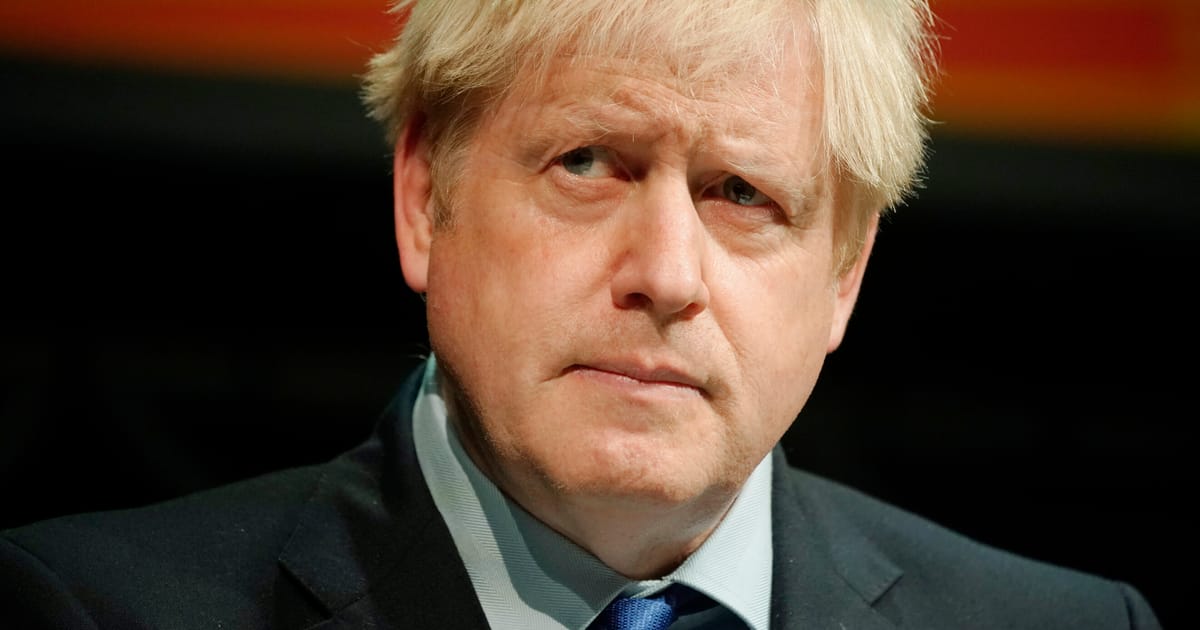More than 100 years ago, sociologist Georg Simmel wrote that secrecy is a core part of all human relationships. The ratio of secrecy to openness in a society, he argued, can tell us much about that society. I explore this in my new book, examining how public relations secrecy techniques interact (and clash) with the transparency and openness of media.
The public relations (PR) industry is made up of professionals in public affairs, lobbying and events management, among others. Their role is to manage a client’s relationship (and reputation) with the general public, investors and regulators. Media relations is the sub-field of PR that attempts to secure positive coverage and suppress negative issues in the media. This includes newspapers and television news, but also social media.
In recent decades, PR in the UK has had a detrimental impact on the public’s access to objective information, skewing media reporting and attempting to conceal important issues. This is compounded by the financial pressures facing journalism, which are hampering investigative reporting.
It’s generally understood that what appears in the media has been selected and shaped by various interests, reflecting corporate goals or governmental priorities. But just as important is what we don’t see in the headlines – and how those issues are obscured.
In my research, I look at both sides of these secrecy operations. I interviewed PR professionals who work to influence media content and conceal certain issues. I also spoke with journalists, news editors and transparency campaigners. These groups are interested in investigating and revealing the very issues that PR hopes to obscure.
The PR industry is particularly adept at orchestrating this range of “shadowy practices” of secrecy, but these practices are not well-understood by the public. Everyday PR practice tends to be mundane, focusing on securing positive coverage for clients and downplaying or obscuring negative coverage. But there are a number of subtle techniques that PR practitioners use to manipulate information.
Data bombing or snowing
One striking technique is the practice of hiding significant information in a vast release of unimportant material. Journalists using Freedom of Information requests told me how organisations would use this technique to appear to align with principles of transparency, but in reality were hiding potentially damaging information in plain sight.
For example, the requested information may be released in thousands of pages of documents that journalists do not have adequate time to analyse. Important information may be couched in highly technical language that obscures key elements, or may released in a format that is not easy to electronically search (such as scanned documents).
Dead catting and distraction
PR can use distraction techniques, misdirecting public attention by releasing alternative, eye-catching stories to the media. One recent example was Boris Johnson’s claim that he relaxed by making model buses out of old crates. This drew much amused media coverage but also affected Johnson’s reputation online.
Search engine optimisation (SEO) is a media management technique of strategically using keywords to push certain stories to the top of search engine results. Whether it was intentional or not, the bus story had the opposite effect, hiding a different, damaging story. Searches for “Johnson” and “bus” would previously have led users to read about the discredited claims that the NHS would receive £350 million a day if the UK left the EU, which appeared on the sides of the Brexit buses. Now, they would direct to reports about Johnson’s crafting hobby.

GaudiLab/Shutterstock
When an announcement is particularly shocking or sensational, it can be known as a “dead cat” strategy. For example, as Johnson was being investigated over the Partygate scandal, he accused Labour leader Keir Starmer of failing to prosecute sex offender Jimmy Savile when Starmer was head of the Crown Prosecution Service. These rumours were false, but (briefly) drew attention away from Partygate.
Astroturfing
PR can also create fake public opinion in order to exert influence. A media editor of a national paper explained to me in my research:
Say a billionaire wanted to stop houses being developed next to his country retreat … He’d set up [a] “Friends of the Chiltern Hills” pressure group and basically pay some PR [firm] to run it.
In early 2021, gambling company Ladbrokes’ owner was accused of this tactic after launching the Players’ Panel, an online group where customers wrote pro-betting articles. This group appeared to be a grassroots effort, but was being operated with the help of a political consultancy. Such a technique conceals both the vested interests involved and the power that they can deploy. This example shows the impact of PR, but also how journalism can push back and reveal these practices.
Secrecy and society
Put together, these PR secrecy efforts can impact how the public understands power dynamics and social change. By offering disconnected units of information in press releases or on client websites, PR can impede joined-up thinking – a collective understanding, putting together many bits of information into one full picture – about society.
The dynamic between secrecy and transparency is also shifting on a wider level. Secrecy practices are becoming more widespread and legally sanctioned. For example, the corporate sphere’s use of non-disclosure agreements which PR practitioners themselves are often required to sign.
The government is also pushing for more legal powers that enhance government secrecy and restrict transparency. The national security bill working its way through parliament may criminalise certain aspects of investigative reporting and reform the Official Secrets Act. This could further impede public access to information through the media.
But understanding these practices can help average media consumers and members of the public think more critically about the power dynamics and interests that may be obscured by the headlines.




